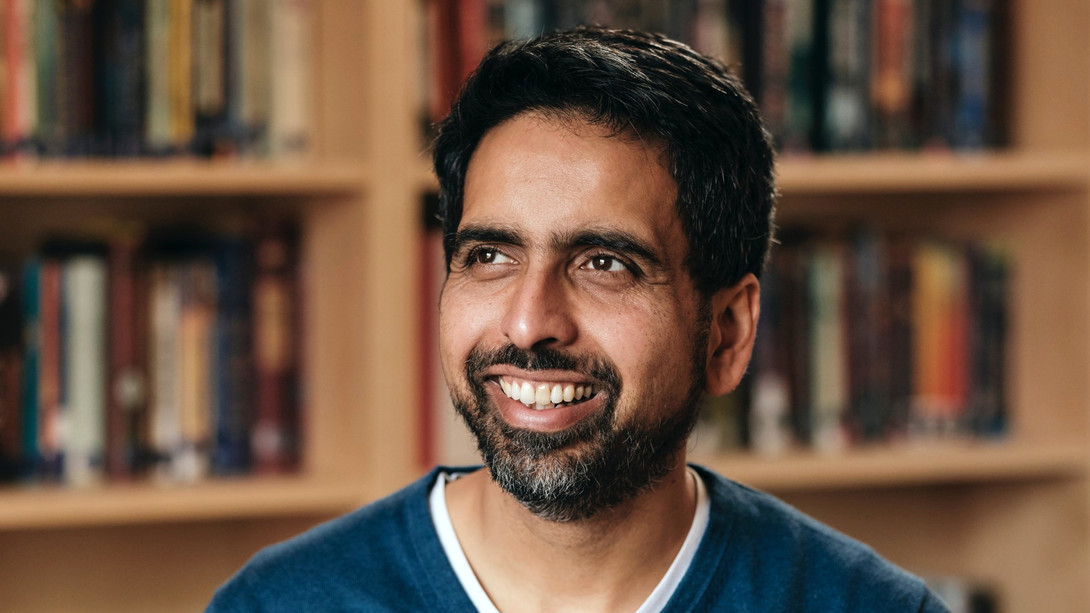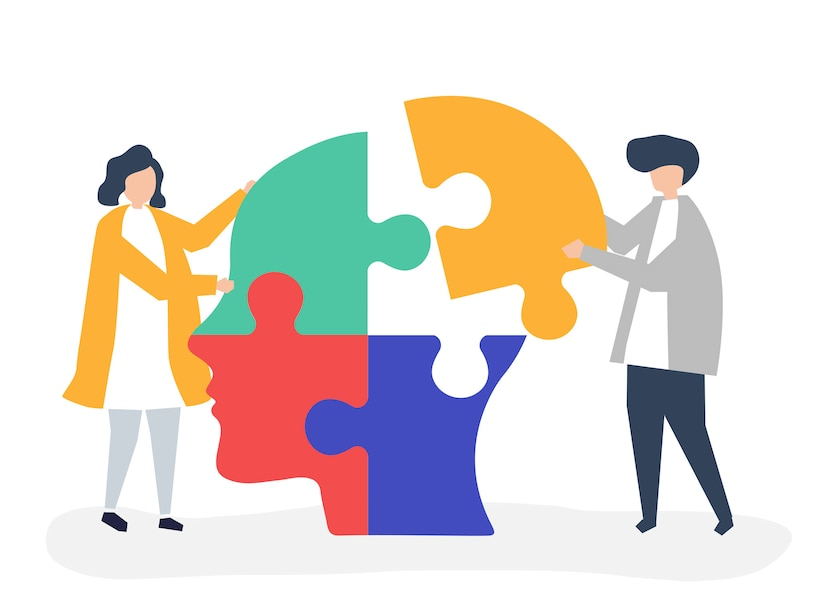Role Models

A role model is someone who is admired and whose behaviour is emulated by others. A role model inspires others to follow a lifestyle, value system, career path or acumen. You may have had several role models while growing up and aspire to be like them someday. In this article, we highlight a few individuals with diverse interests and life goals whose careers are noteworthy and inspirational. Click on the role models below to read their stories.
- Sal Khan
- Mazlan Othman
- Mechai Viravaidya
- Temple Grandin
- Andy Tay
- Tu You You
- Premesh Chandran and Steven Gan
- Ayesha Khanna
- Jony Ive
- Malala Yousafzai

Sal Khan
Sal Khan, the founder of Khan Academy, graduated from the Michigan Institute of Technology (MIT) and Harvard Business School with several degrees. Khan had always been intrigued by the field of education but chose to work in tech and finance instead. The inspiration to develop an online academy started from a math tutoring gig with his cousin in August 2004. As Khan and his cousin lived over 2,000km apart, most of the communication between them was over the phone and Yahoo Doodle after Khan’s work. He started tutoring more of his cousins and relatives after news got around that his cousin’s math grades had improved. The idea to post videos on YouTube came from a friend who suggested that doing so would help not just his cousins but other people as well. Khan was initially sceptical about the idea as YouTube was mainly for entertainment then, rather than education but he gave it a go anyway.
Sure enough, his videos attracted many views and many wrote to Khan to thank him for helping them with their learning. Khan eventually left his day job in 2009 and established Khan Academy as a non-profit organisation with the mission to “provide a free, world-class education for anyone, anywhere”. At that time, there were already nearly 100,000 people using Khan Academy. Khan realised that his online school could reach potentially five billion people one day and that kept him going to fulfil the mission of providing free world-class education. Khan lived off of his savings for the first nine months, until he received his first significant donation from Ann Doerr and, subsequently, larger grants from Google (USD2 million) and the Bill and Melinda Gates Foundation (USD1.5 million).
What made Khan Academy distinct from other learning platforms was that the courses were free, such as SAT test preparation courses for students who could not afford a tutor. In 2018, 2.3 million students used these courses to prepare for the SAT – that’s about the same number of people as the population of Botswana! Khan was helping millions of students pass the SAT and facilitate good college placements, ensuring a better future for them. Not just that, struggling students also managed to catch up in their academics after following classes at the Khan Academy for they could learn at their own pace to develop a better understanding of the subjects that they were failing in.
Khan Academy proved to be crucial when the COVID-19 pandemic hit. A teacher in South Korea wrote to them saying that he was using the Khan Academy to keep his students learning through their nationwide physical school closures. When schools around the world shut down, Khan Academy’s traffic increased threefold from 30 million learning minutes a day to 90 million learning minutes a day. In a bid to increase social interaction due to the flawed asynchronous learning – the at-your-own-time-and-at-your-own-pace learning – and increase connectivity between people, they launched schoolhouse.world. This provides peer-to-peer tutoring by having high quality certified vetted volunteers, some of whom are high school or college students. The website has since reached more than 100 countries and has a community of over 920 volunteer tutors and 7,900 learners.
According to Khan in a 2021 interview with Futurescot, they have 120 million registered users, 20 to 30 million students every month and 12 billion learning minutes on the site.
Khan believes that supplementing traditional classroom education with technology developed by his academy can improve the effectiveness of teachers by freeing them from traditional lectures and giving them more time to attend to individual students’ needs.
Sign up as a member to view the full article.

